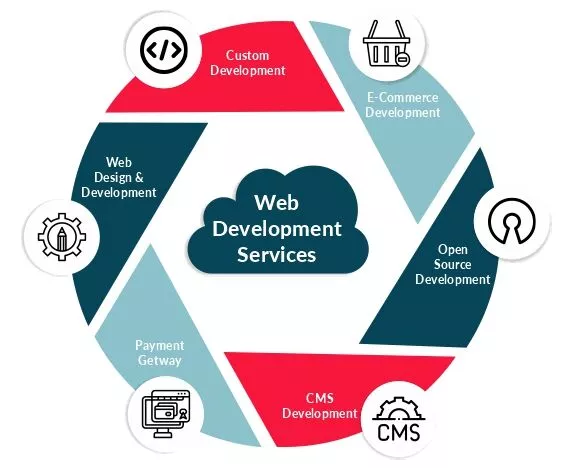Expert Advice on Improving Your Website’s User Experience
As the digital world continues to evolve, it’s becoming increasingly crucial for businesses to have a solid online presence. And at the heart of that online presence is your website. A website lays the foundation for all digital marketing efforts, and it must have the potential to offer an outstanding user experience to help achieve your marketing goals.
However, designing a great website isn’t just about creating something that looks good – it’s about understanding your visitors’ problems and collaborating with one of the best Boston web development companies to solve them.
In this blog post, we will look at nine strategies that can help improve your website and make it more useful for your visitors without the need for a complete redesign.
Whether it’s to increase conversions, improve engagement or provide a better experience, read on to learn about effortless ways to enhance your website and take your digital marketing efforts to the next level.
1. Embrace White Space
Clients often want to fill every inch of their website with content, but good design requires white space. It improves legibility and helps users focus on surrounding elements. Plus, it creates a modern, open feel when consistent with branding.
That being said, too much white space above the fold can replace valuable information. Your job is to strike a balance by highlighting critical elements with some space.
2. Pay Attention to Page Loading Time
Slow-loading pages frustrate users and lead to bounces. In today’s fast-paced world, people expect instant results on any device.
But don’t despair – Google’s free page speed service can help you improve load times. Start by compressing images, a leading cause of slow speed. By doing so, it’s possible to boost your website’s performance and keep users engaged.
3. Make CTAs Eye-Catching
Visual cues and clear CTAs help customers navigate your site. Color psychology is key, so choose colors that evoke trust, experience, or intelligence. And don’t forget the power of words – use action-oriented verbs that excite users to act. Emotional identification drives action; thus, make your words bold, time-sensitive, and effective.
4. Organize Content with Bullets
Bullet points deliver information quickly and attractively by presenting benefits, solutions, and key features in a concise format. Don’t limit yourself to simple circles – use icons to represent your points and get creative visually.
Such an approach isolates your most important messages and helps readers digest information without getting bogged down in details.
5. Be Smart with Images
In today’s fast-paced online world, users quickly judge a website upon arrival, and generic stock photography doesn’t help. Although high-quality, it fails to connect the user to the brand, decreasing trust and standing out as non-unique.
Only actual images can genuinely convey your brand, services, and products while supporting your content. Use images strategically to provide a visual break from text, but make sure they are relevant and unique to your business.
6. Use Enticing Headlines
In order to attract the right audience, your website content must be driven by your potential customers’ needs. By including relevant keywords in your headings, you increase the chances of being found by search engines. Headings also make it easy for users to scan through and find the information they’re looking for, so make sure they’re clear and attention-grabbing. If you’re having trouble with it, work alongside a content marketing agency in Boston to write better, SEO-optimized headings.
7. Maintain Design Consistency
Make your website design consistent and stunning to give users a seamless experience. Consistency is vital in font choices, button styles, color palettes, illustration styles, and more.
Drastic design changes can leave users feeling lost and uncertain, and inconsistency lowers the quality of your products and services. Make sure that your website is easy to navigate and consistent throughout to retain users’ trust.
8. Fix Broken Links
Search engines may not severely punish soft 404 errors (page not found), but they certainly annoy users. It is because users expect to be taken to the next relevant page when they click on a link or image.
Encountering a 404-error page frustrates users and leads them to rethink their decision to stay on your website. It can increase bounce rates and decrease user engagement.
9. Prioritize Cross-Device Adaptability
With technology advancements, mobile devices have become an integral part of our lives, making it essential to have a mobile-friendly website. It’s the best way to enhance your website’s usability and ensure a seamless user experience regardless of the device used to access it.
And not only that, Google now penalizes sites that are not optimized for mobile devices, making responsiveness critical.
Wrapping Up
The ultimate goal of any website is to provide a positive user experience that keeps visitors engaged and coming back for more. By implementing these user-friendly tips, you can enhance the overall quality of your website and create a better experience for your audience.


No Comment